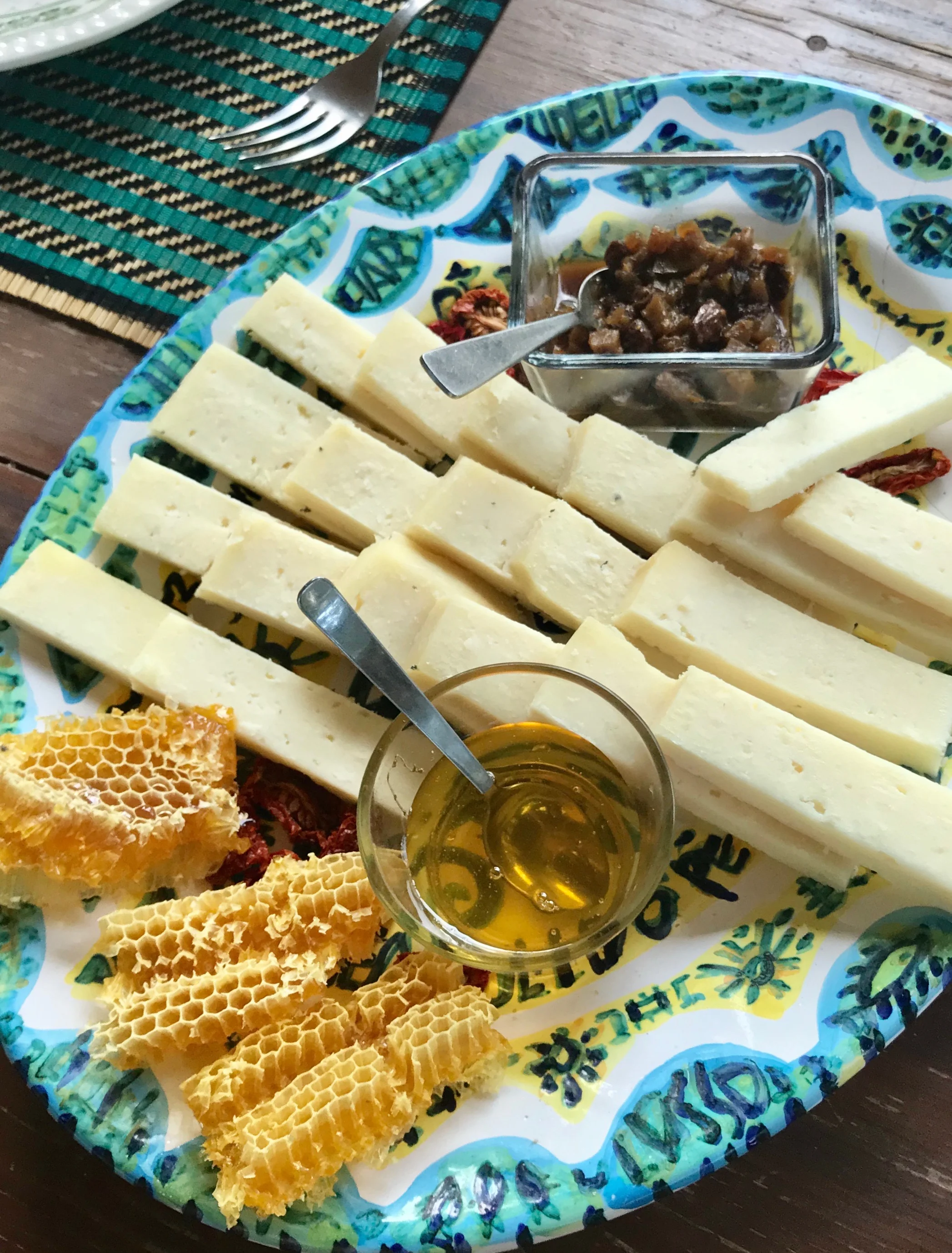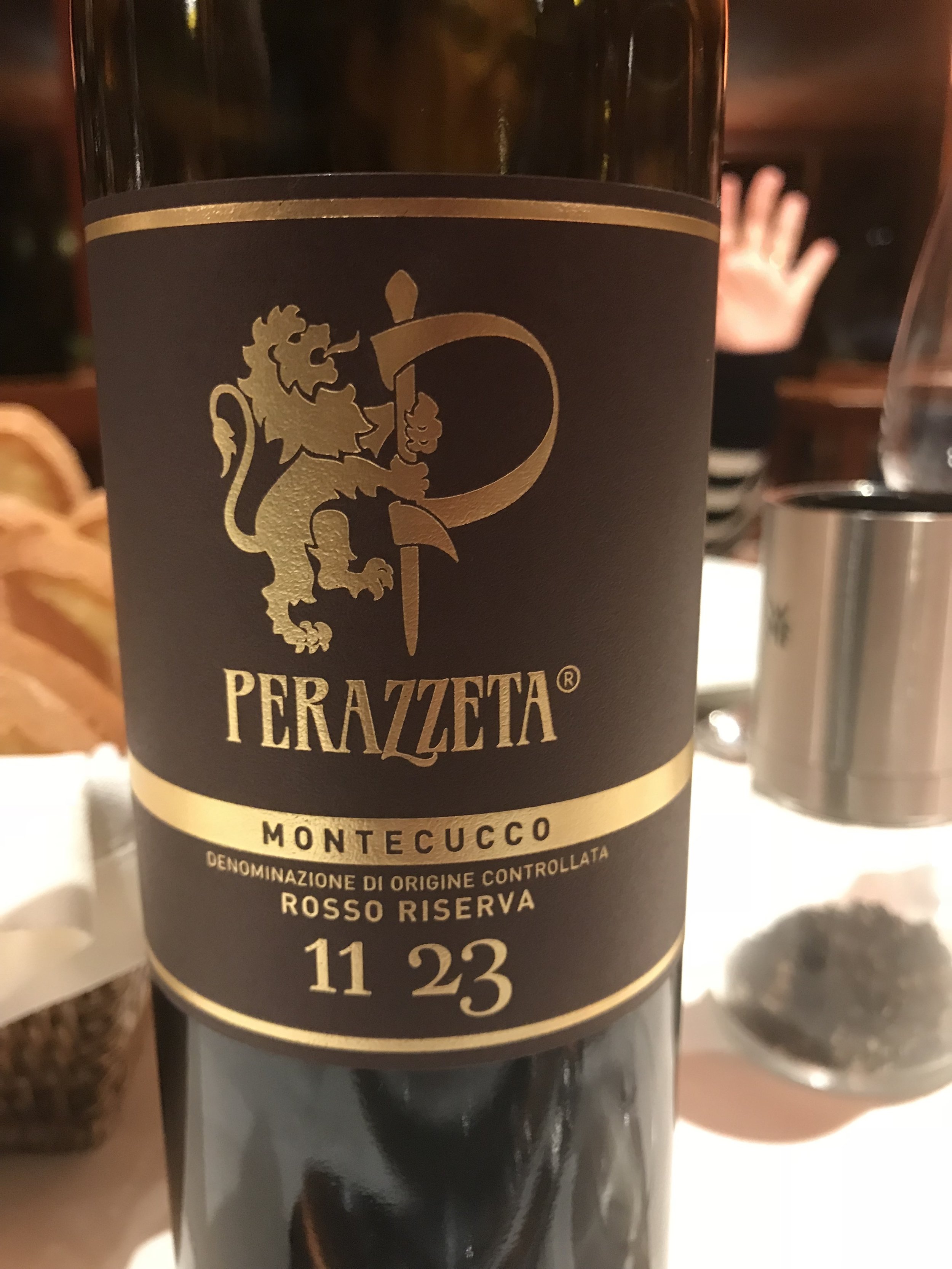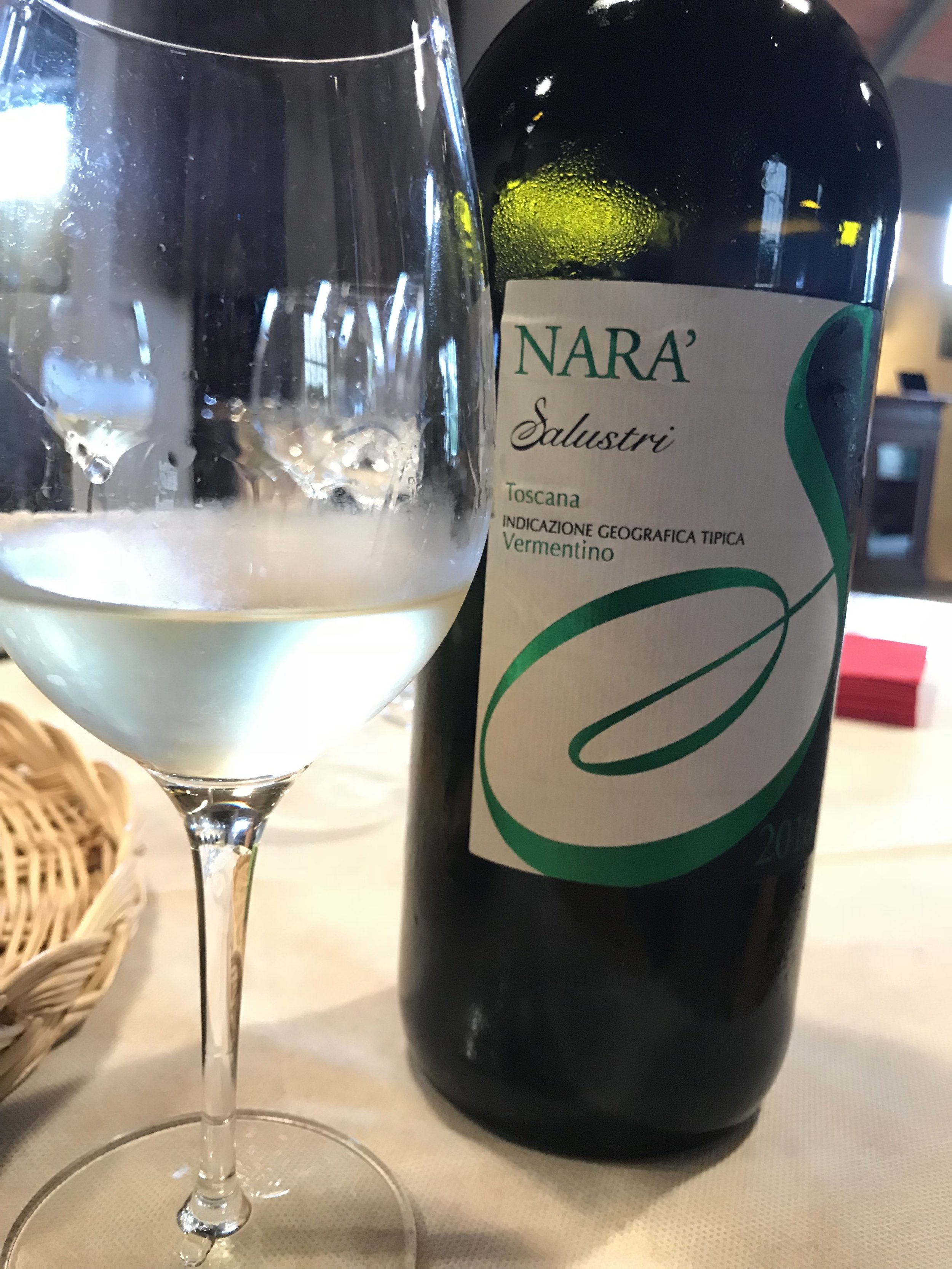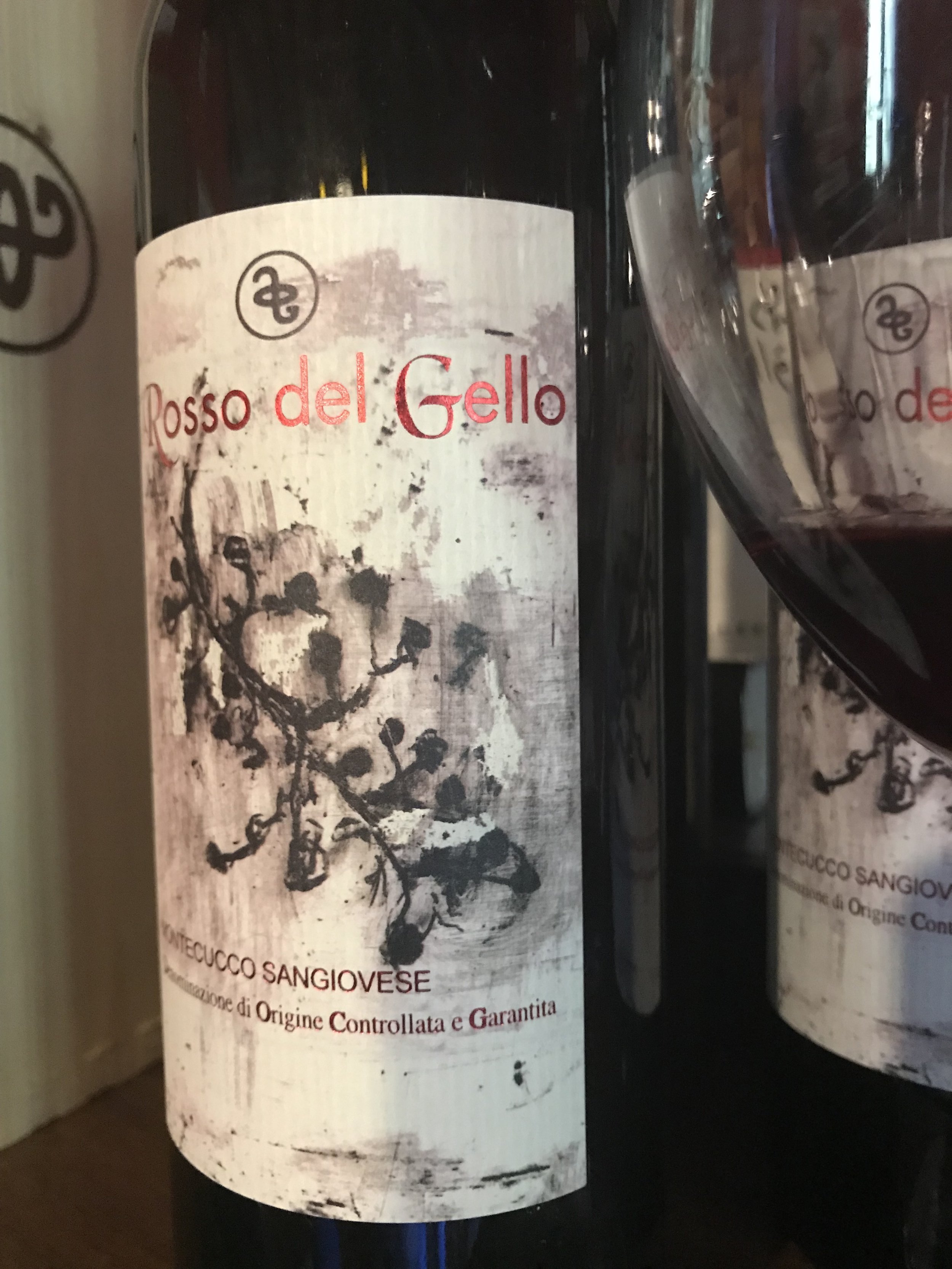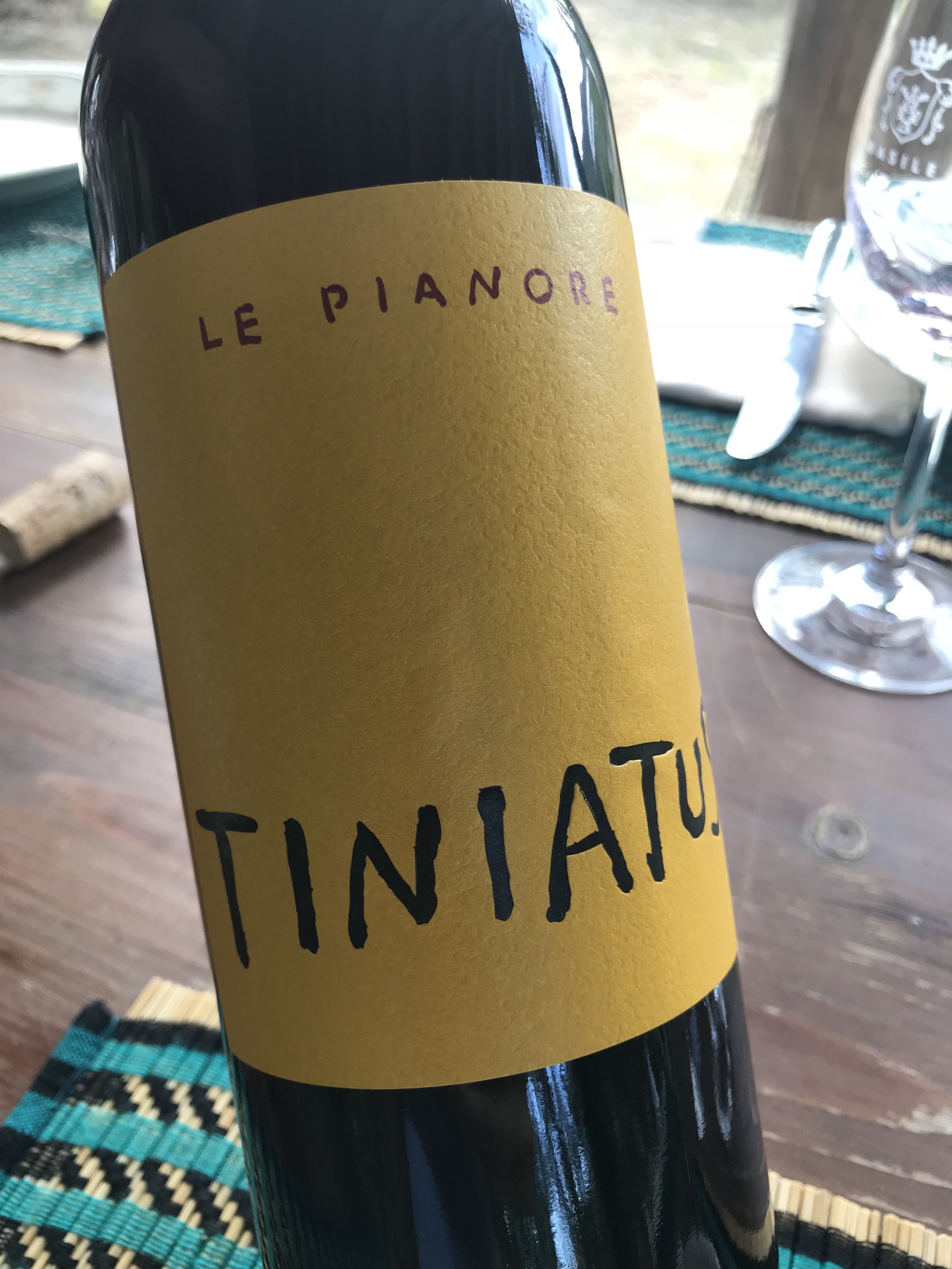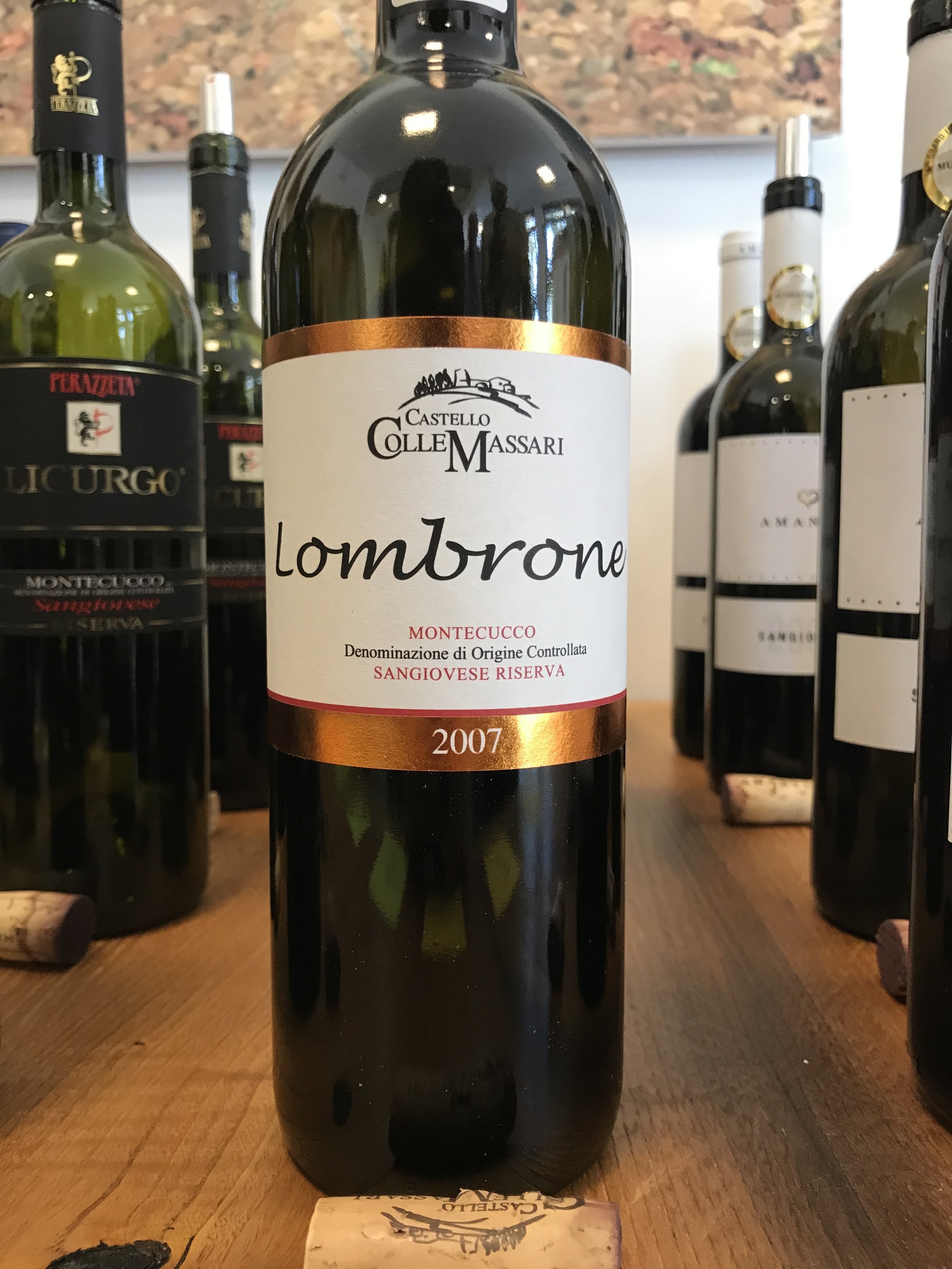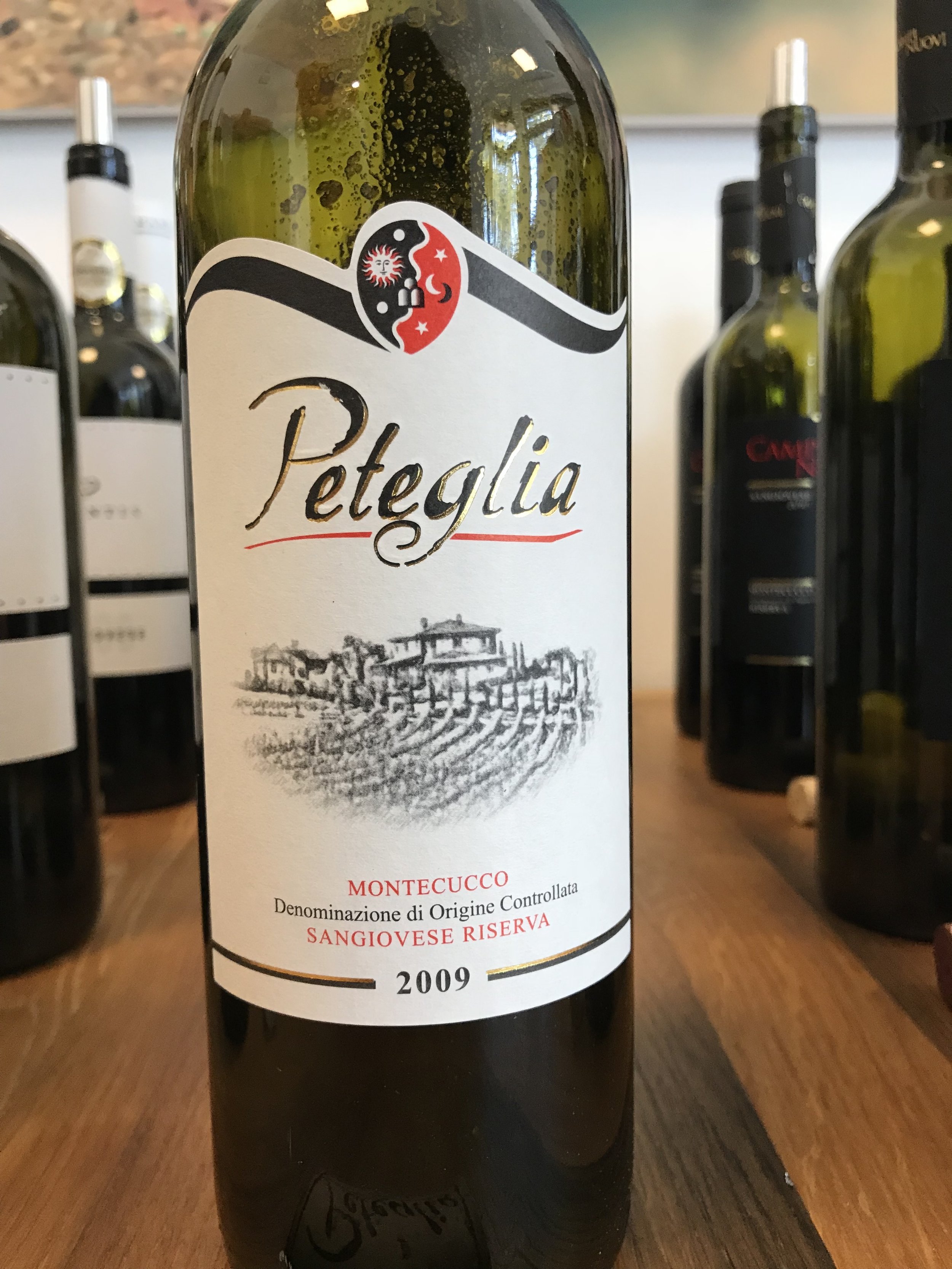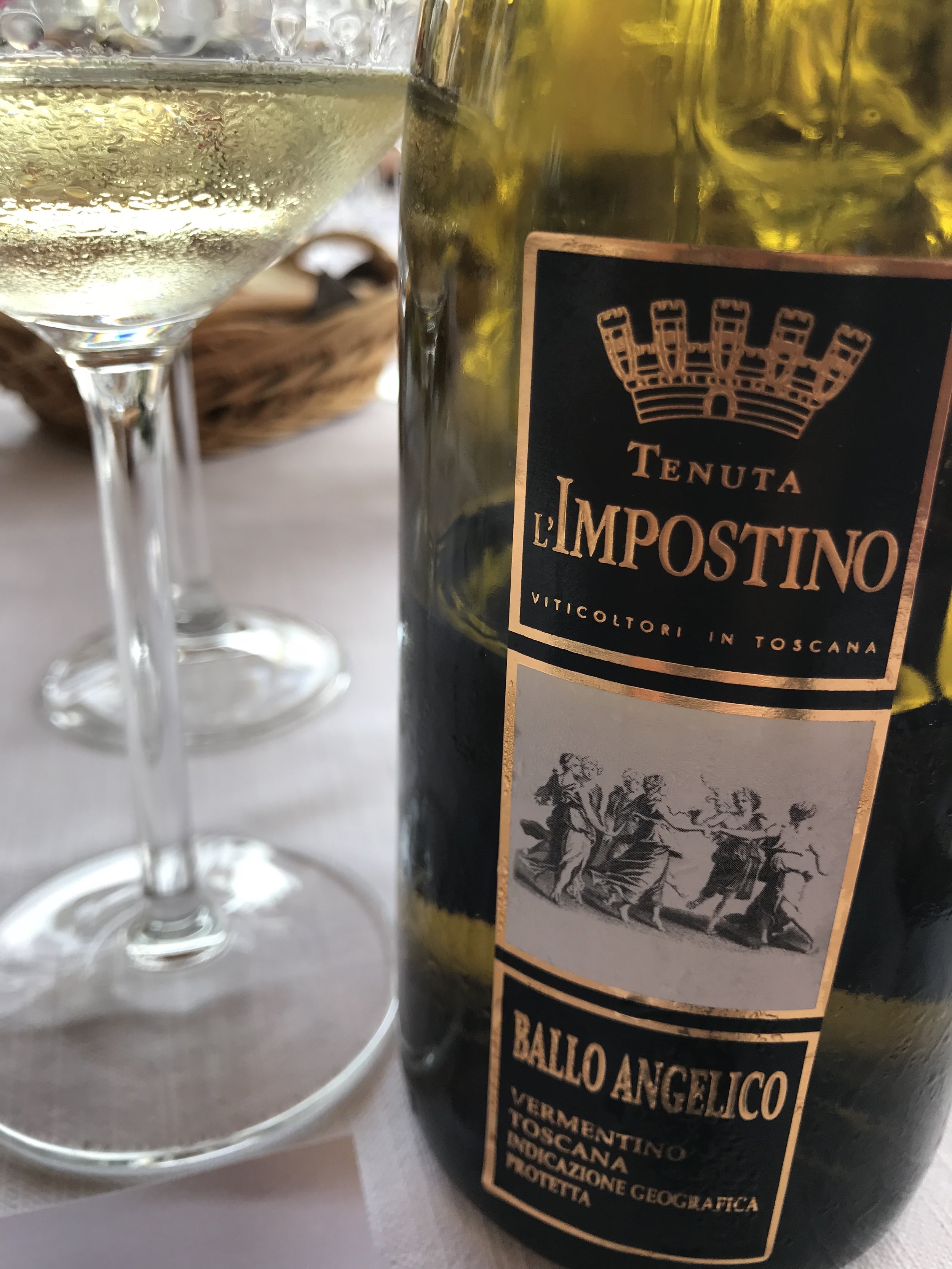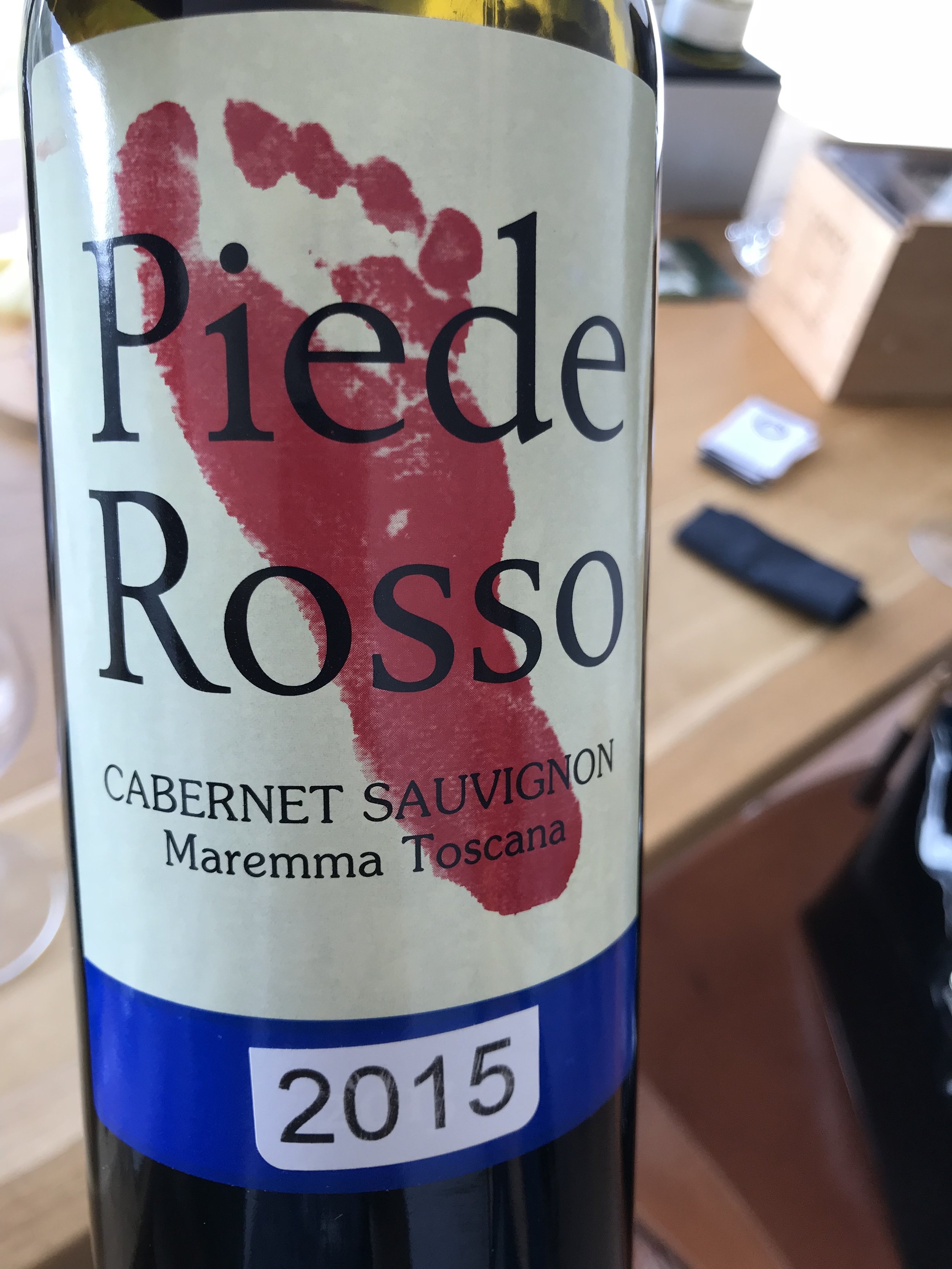Taste The Flavors of Montecucco, Tuscany’s Up-and-Coming Wine Region
/“There’s a little lasagna in the oven.” said Elena, owner (or “temporary guardian” as she prefers to call herself) of Le Pianore, a working organic family farm with guest accommodations, tucked into the Tuscan hills of Montecucco. “It has to cook another 15 minutes, so unless we want to have a light lunch, we’ll have to wait a little bit. It’s ok?”
There were 12 of us dining al fresco at a long table overlooking rolling hills, charming old stone buildings, and the tiniest newborn kittens scampering through the grass. Rows of garlic, tied in bunches were hanging from a wooden canopy that was protecting us from the hot afternoon sun. The table was overflowing with large platters of cheese, honey, homemade bread, and small bowls of dips: hummus, roasted eggplant, and green tomato chutney. We were happily digging in when more dishes arrived: sliced tomato and basil, salad greens sprinkled with edible flowers, rosemary-roasted potatoes and the most succulent and flavorful sliced pork I’ve ever tasted. Yes, we could wait another 15 minutes for the lasagna! In the meantime, there was plenty of Tiniatus, the estate-grown organic red wine, being passed around the table — stimulating our appetites and keeping the conversation flowing.
Elena with her White Vegetable Lasagna.
Montecucco, located in the Maremma region of southwestern Tuscany, is an ancient viticultural area, dating to 800 B.C. Yet, despite its long history, it has only been a classified wine-producing region for 20 years, receiving its DOC status in 1998 and DOCG designation in 2011.
What’s interesting to note is that Montecucco lies directly across the Orcia river from Montalcino, home to one of Italy’s greatest wines, Brunello di Montalcino. The Sangiovese-based wines of Montecucco will remind you of a Brunello, but with their own distinct flavors — and with a much lower price tag!
The early morning fog lies in the valleys of Montecucco.
While Montecucco is starting to become more well-known, it still offers visitors an authentic taste of Tuscany. There are no big cities, no crowds of tourists or advertising billboards; only narrow roads on rolling hills, winding through the scenic, untouched countryside connecting the small villages. Here and there you will see imposing medieval castles looking down from the highest hilltops. The woodlands, vineyards, olive groves and mountain streams are all bathed in a light that illuminates the landscape in a magical way.
And it’s not only the surrounding beauty, but the people, with their inherent warmth and welcoming style, that will draw you in. The love for their land is expressed in so many ways, but especially through the many traditional dishes paired with Montecucco wines.
Georgio Nelli and Alda Chiarini of Poggio al Gello, a small winery producing organically-certified wines from indigenous varieties
The modern tasting room at ColleMassari, Montecucco’s largest winery with all vineyards organically farmed.
Most of the wineries in Montecucco are small and family-owned. When you visit, you’ll be greeted warmly and without pretensions — like you’re stopping by an old friend’s home. Upon arrival, you’ll most likely be offered a glass of beautifully fragrant white wine. Montecucco’s whites, made mostly from Vermentino and Trebbiano grapes, are aromatic and refreshing. They can range from light and simple, to rich and full-bodied, but both styles have a characteristic freshness that goes so well with the vibrant Tuscan cuisine.
Yet, as good as the white wines are, the region is mostly known for its reds, made primarily from Sangiovese, Tuscany’s celebrated grape. The Montecucco Rosso DOC wines are made up of at least 60% Sangiovese and typically have robust, dark, cherry-fruit flavors tempered by strong, but fine, tannins and a bracing acidity, with a little bit of spice thrown in for good measure. The Montecucco Sangiovese DOCG wine comes from distinct vineyards on the volcanic slopes of the Amiata mountain. Made with a minimum of 90% Sangiovese, these are big, structured wines full of elegant complexity — their true beauty revealed slowly with time in the bottle.
Simply put, these are delicious, food-friendly wines to be drunk throughout an entire meal.
The swimming pool at Le Pianore.
Which leads us back to Le Pianore. As mentioned earlier, the property has guest rooms on its beautifully rustic and secluded property. In Italy, a working farm that offers accommodations is called an “agriturismo,” the name comes from a combination of agricoltura (agriculture) and turismo (tourism). This farming tourism concept, popular throughout Tuscany, was created thirty years ago as a way to help struggling farmers stay afloat.
According to travel blogger Kelsey Knoedler, agriturismos “preserve the landscape, farmhouses and local communities, and in this way agriturismo is a very sustainable form of tourism.” The accommodations can range from simple to luxurious, and many offer classes: cooking, yoga, and music lessons. Guests are served items that have been grown or made on the farm like Elena’s White Vegetable Lasagna.
Two other notable wineries operating as agriturismos are Tenuta L’Impostino and Pteglia, both impressive properties worth looking into for your next stay in Tuscany.
The views from Tenuta L’Impostino. The quality of the Tuscan light is impossible to capture in a photograph.
The charm of Montecucco shines through at Peteglia winery.
During my time in Montecucco, hosted by the Consorzio Tutela Vini Montecucco, I was impressed with the wines’ overall quality and the following wineries (alphabetically ordered) held the highest ratings in my notes. The best place to discover these wines is in the charming hills of Montecucco, but as a backup plan, many of them can be found on wine-searcher.com to enjoy at home.
Amiata, Basile, Campinuovi, ColleMassari, Colle Petruccio, Le Calle, Le Pianore, Maciarine, Mandorlo, Montenero, Perazzeta, Peteglia, Pianirossi, Pierini e Brugi, Podere Montale, Poggio al Gello, Prato al Pozzo, Salustri, Tenuta L’Impostino, Villa Patrizia.
Views from the vineyards of Poggio al Gello.



